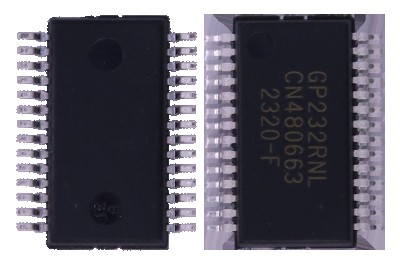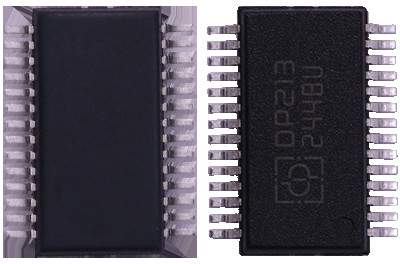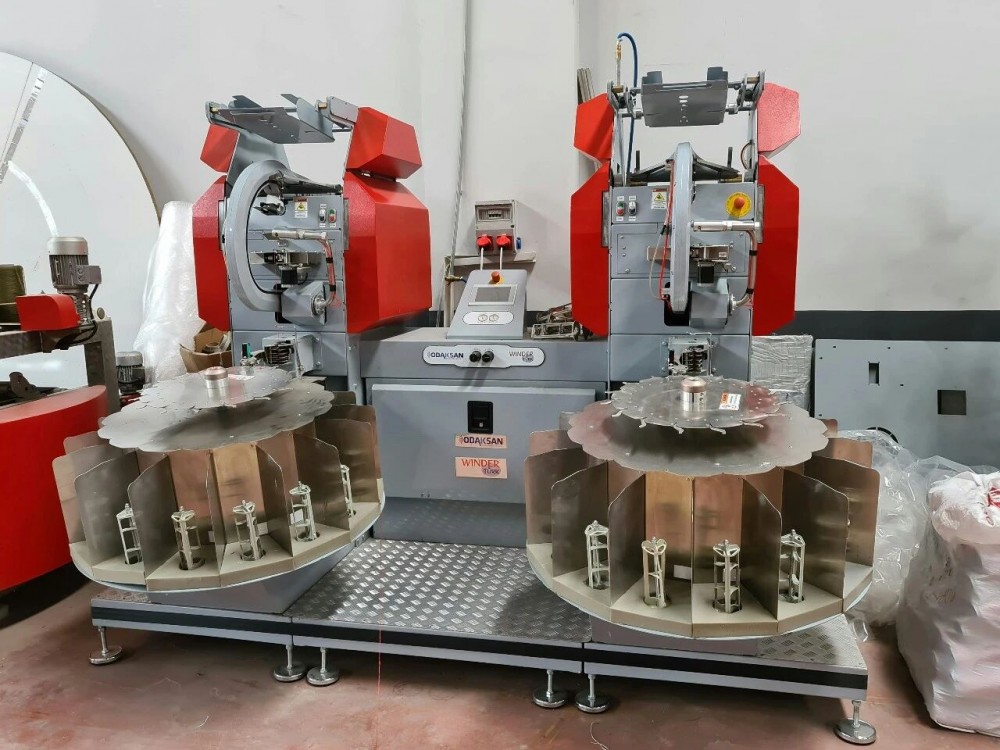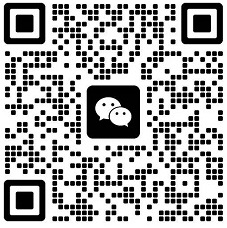Diagnostic Serial Cable: Applications and Recommended Models
Diagnostic Serial Cable
A diagnostic serial cable is a specialized cable for serial communication between devices, used for debugging, diagnostics, or configuration. Based on protocols like RS-232, RS-485, or TTL, it connects via interfaces (e.g., DB9, DB25, or USB-to-serial) to transmit data for troubleshooting, firmware flashing, or device monitoring.

01 Working Principle
Diagnostic serial cables use serial protocols (e.g., RS-232, TTL, RS-485) to connect devices to PCs for bit-by-bit data transmission, enabling debugging, diagnostics, or configuration. The transmitter (TXD) converts data to electrical signals, and the receiver (RXD) decodes them. With terminal software, users can read device status, logs, or send commands. Cables must match baud rates and signal levels, with some requiring conversion chips (e.g., USB-to-serial) for stable communication, widely used in MCU debugging, industrial monitoring, and firmware flashing.

02 Serial Cable Types
Diagnostic serial cables vary by interface and protocol:
RS-232: Uses DB9/DB25 connectors, ±3V to ±15V levels, ideal for short-range PC-to-device connections (e.g., industrial instruments, routers).
RS-485/RS-422: Differential signaling supports long-range (up to 1200m) communication, robust against interference, suited for industrial automation.
USB-to-Serial: Chips like FT232R or CH340 convert USB to serial, compatible with RS-232 or TTL, for modern PCs.
TTL: 0–5V or 0–3.3V levels, directly connects to embedded devices (e.g., MCUs, dev boards) for debugging or flashing.
03 Recommended Chips
As modern PCs lack traditional serial ports (e.g., DB9/DB25), USB-to-serial bridge chips like GP232RNL and DP213 enable communication between PCs and target devices by converting USB signals to RS-232, TTL, or RS-485.
GP232RNL (USB-to-Serial Bridge Chip)
Features:
Integrated USB 2.0 controller, transceiver, clock, and EEPROM
Supports RS232/RS422/RS485, up to 3 Mbps
256-byte TX/RX buffer with flow control
Supports Windows, Linux, macOS drivers
Configurable CBUS pins for TX/RX LED indicators
Advantages: High PC compatibility, LED indicators, and EEPROM customization, ideal for smart diagnostics.

DP213 (Low-Power RS232 Interface Chip)
Features:
Complies with EIA/TIA-232 and CCITT V.28/V.24
Built-in charge pump for RS232-to-TTL conversion with single supply
4 transmitters, 5 receivers for multi-channel applications
Supports 250 kbps
±15kV HBM, ±15kV air discharge, ±8kV contact discharge protection
Advantages: Stable RS232 interface, ideal for complex electrical environments like industrial settings.

04 Application Scenarios
Diagnostic serial cables are widely used for their efficiency and versatility:
Industrial Automation: Monitor data transmission in PLCs, sensors, and equipment, detect errors, and improve production efficiency.
Embedded Development: Enable MCU debugging, error detection, and protocol analysis, reducing development time.
IoT Devices: Facilitate data exchange in smart homes and environmental monitoring for remote data collection and analysis.
Automotive Electronics: Support CAN/UDS protocols for OBD-II or ECU debugging in automotive repair and development.
Remote Monitoring: Transmit data to the cloud via network interfaces (e.g., TCP/IP) for remote device monitoring in smart cities or operations.

Diagnostic serial cables, with integrated communication and diagnostic capabilities, provide efficient solutions for industrial automation, embedded development, IoT, and automotive electronics. Their versatility makes them essential for modern engineers. As IoT and Industry 4.0 advance, these cables will play a larger role in remote monitoring, data analysis, and smart debugging. Contact us for more details or procurement.




.png)

.png)












